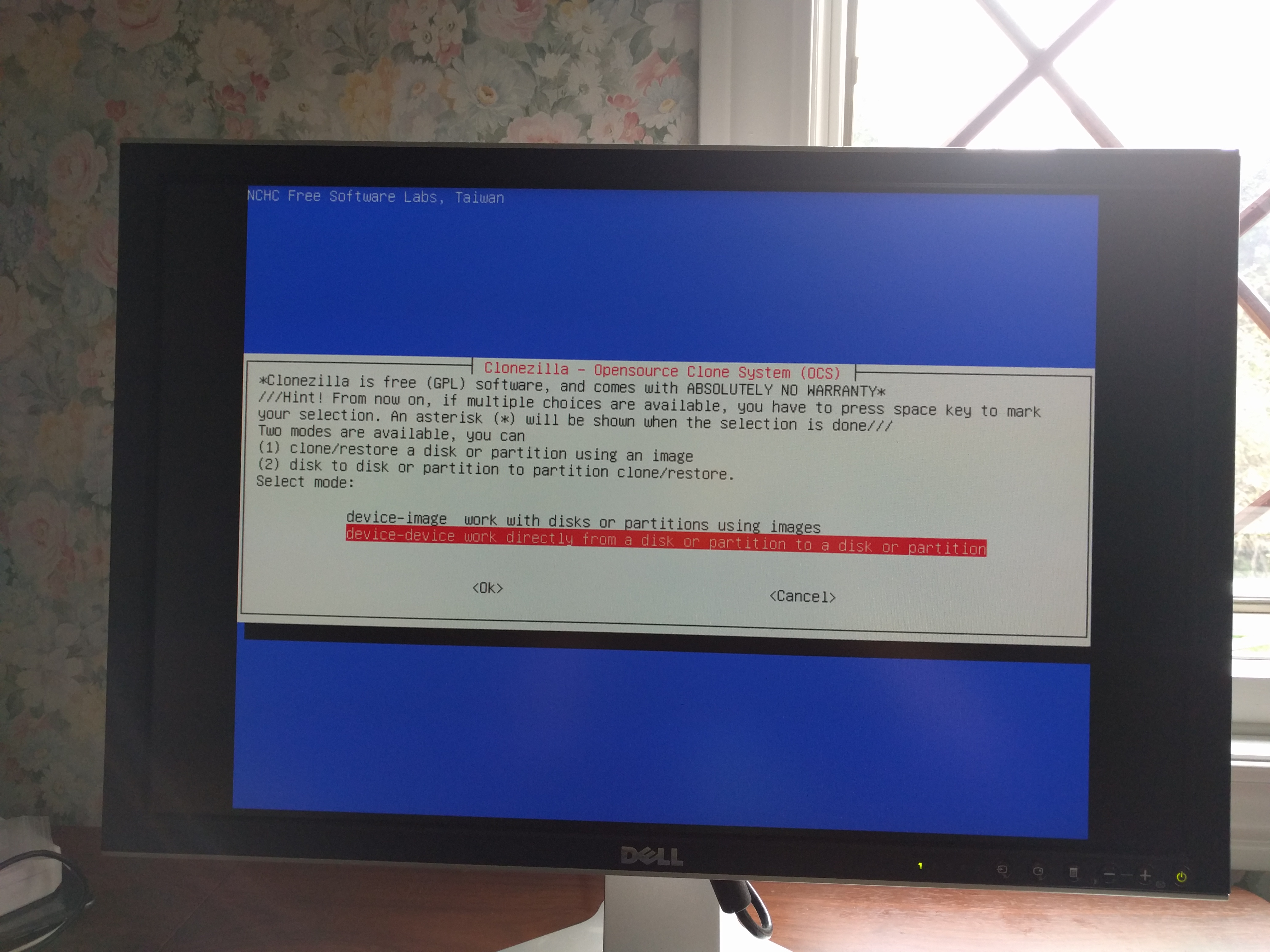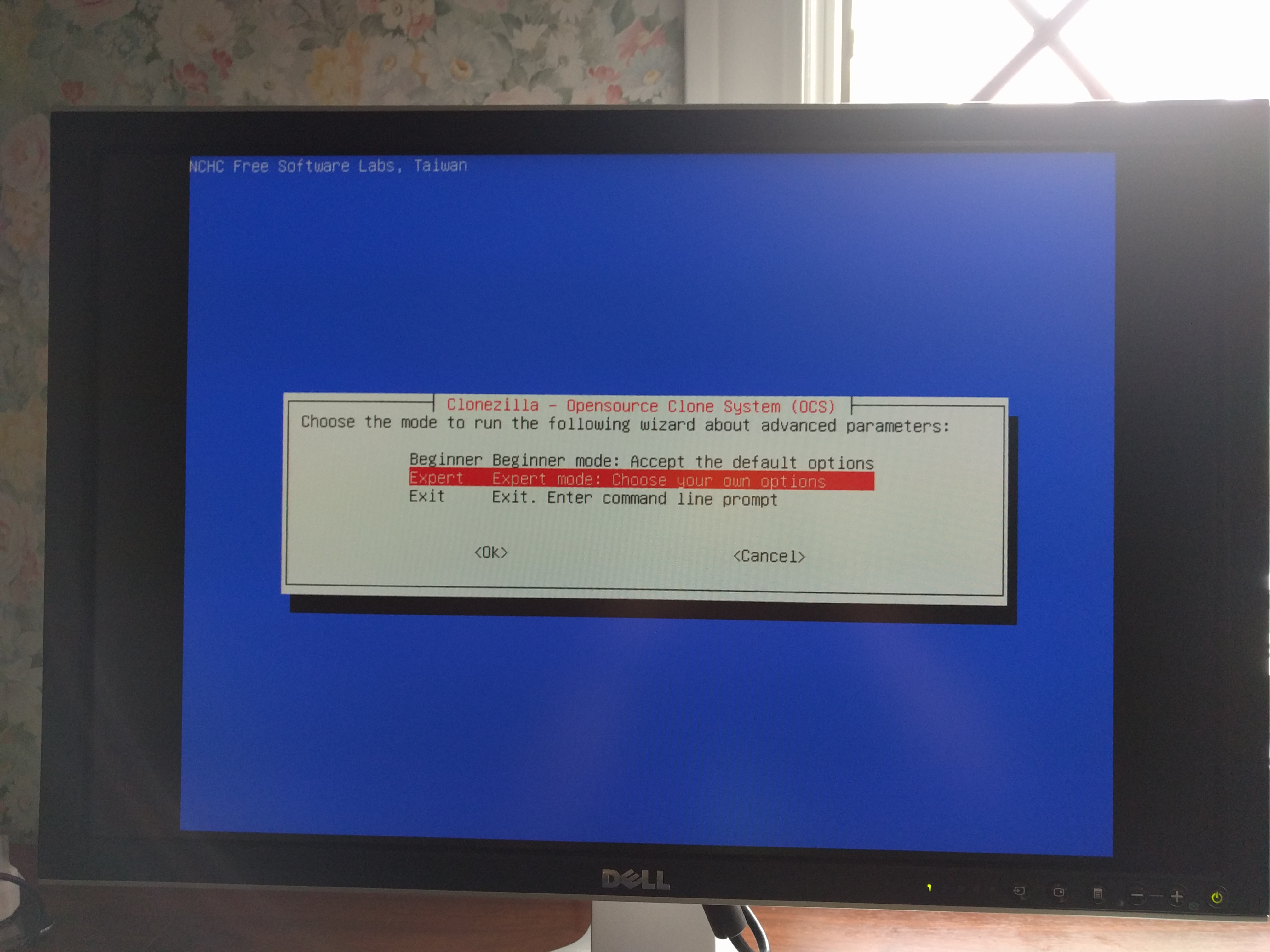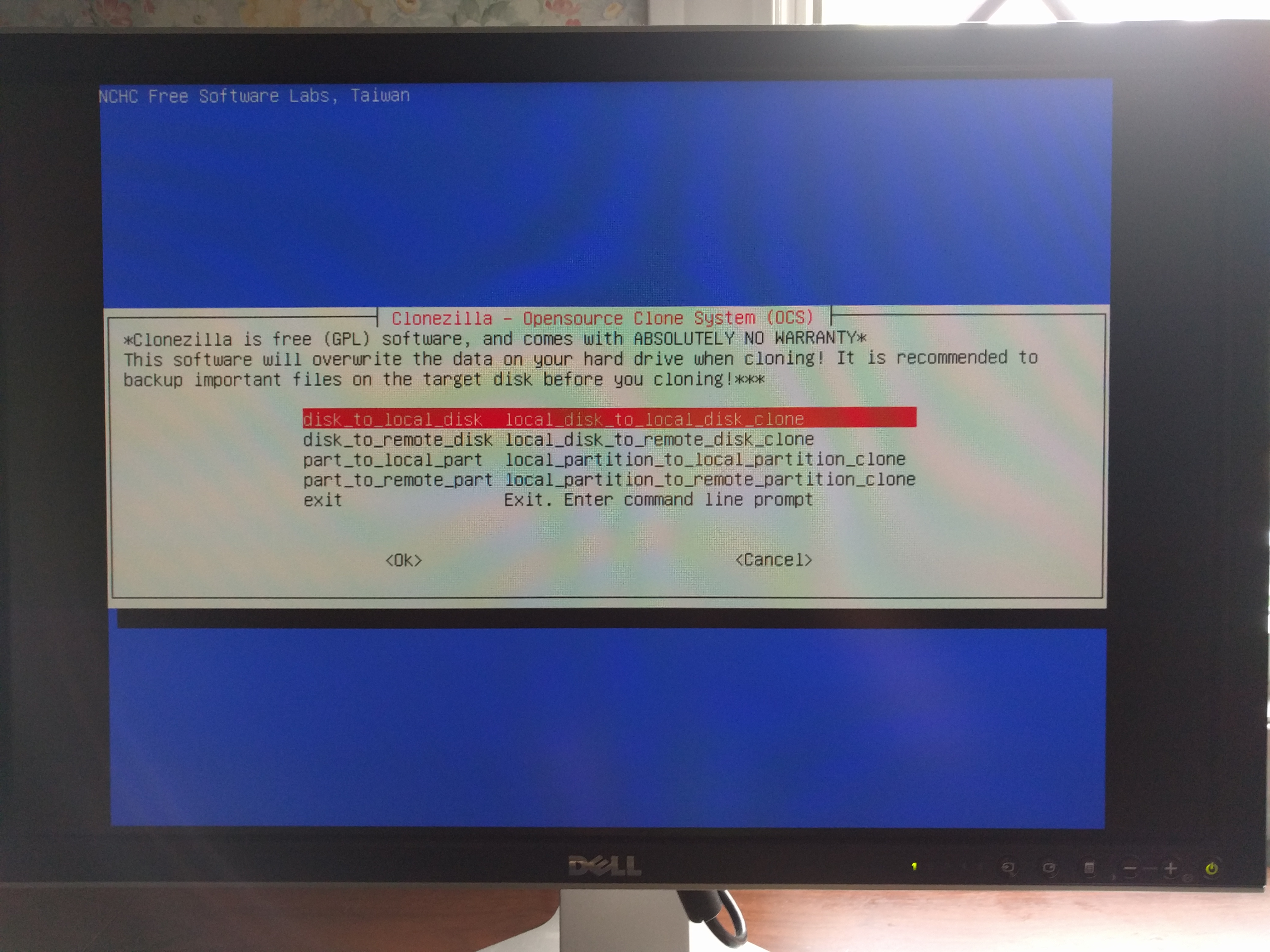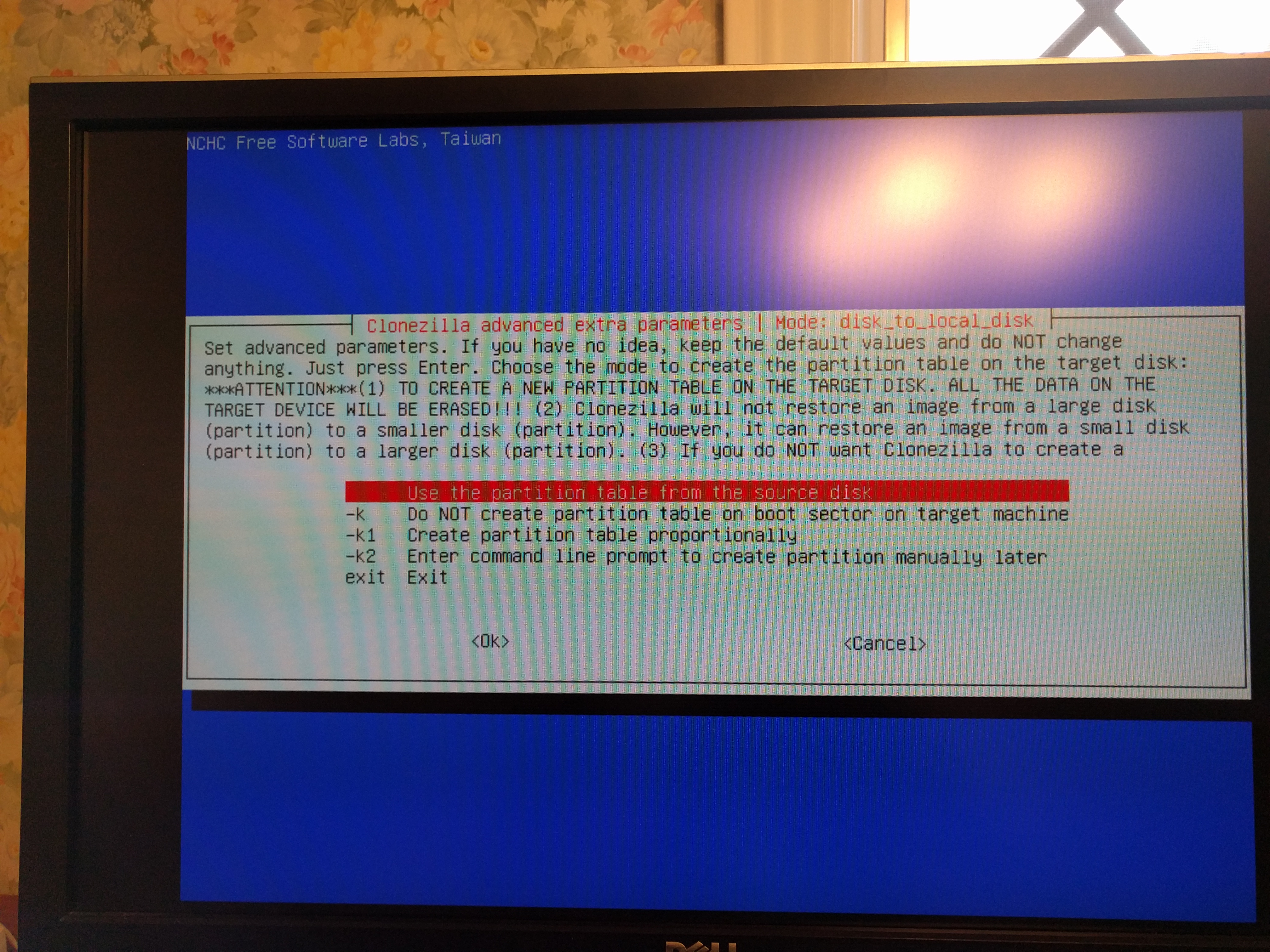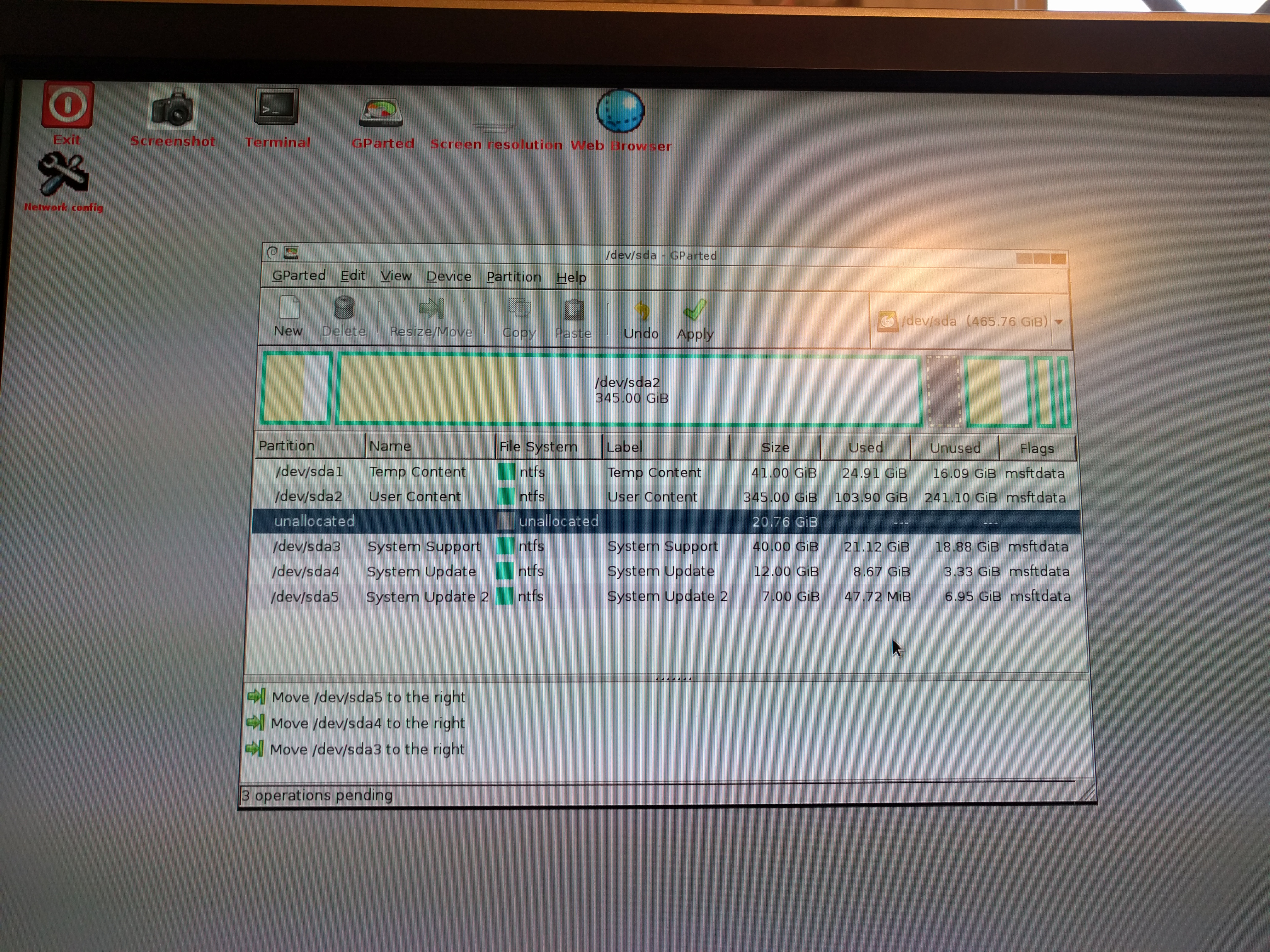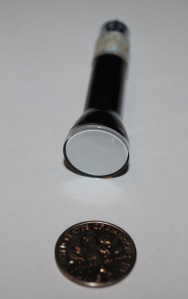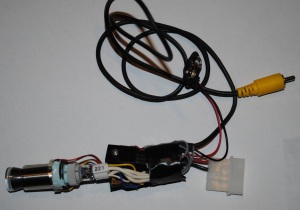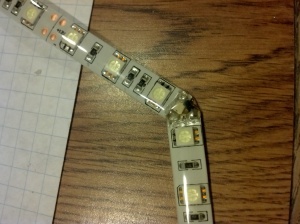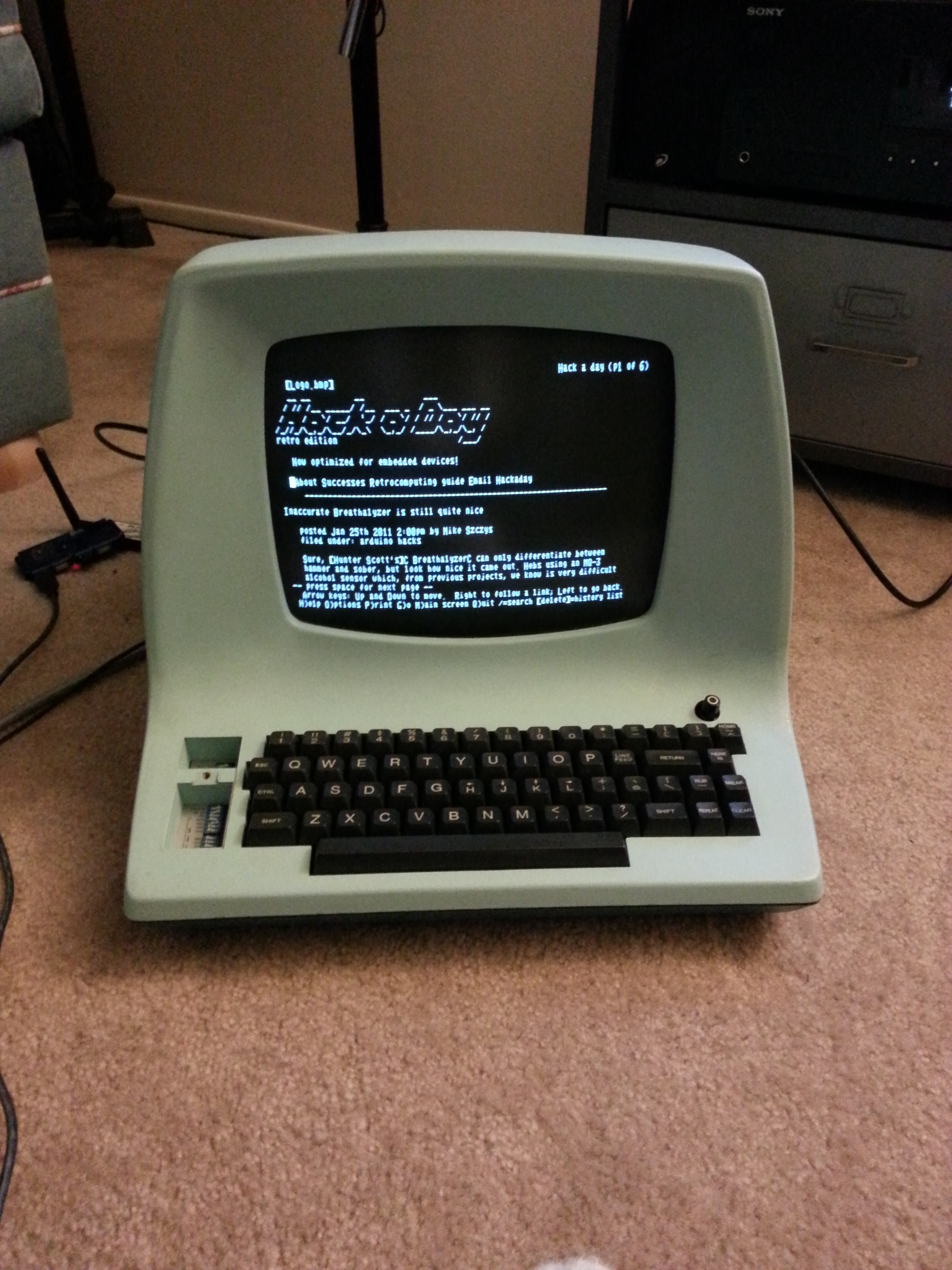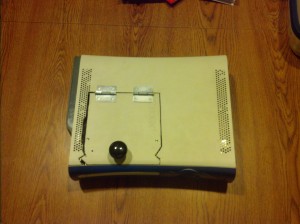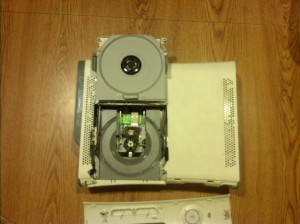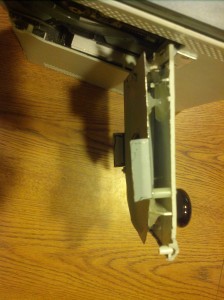BMW Z3 initial cleaning
The Z3 was in rough shape when I got it. There was probably mold growing on the dashboard.
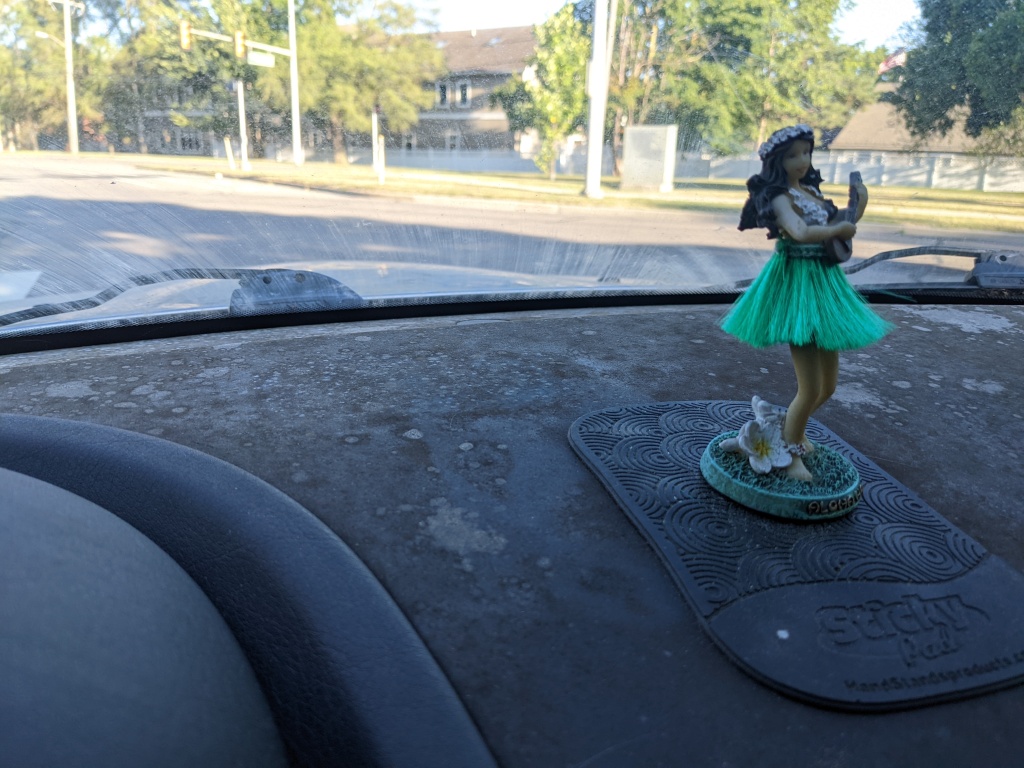

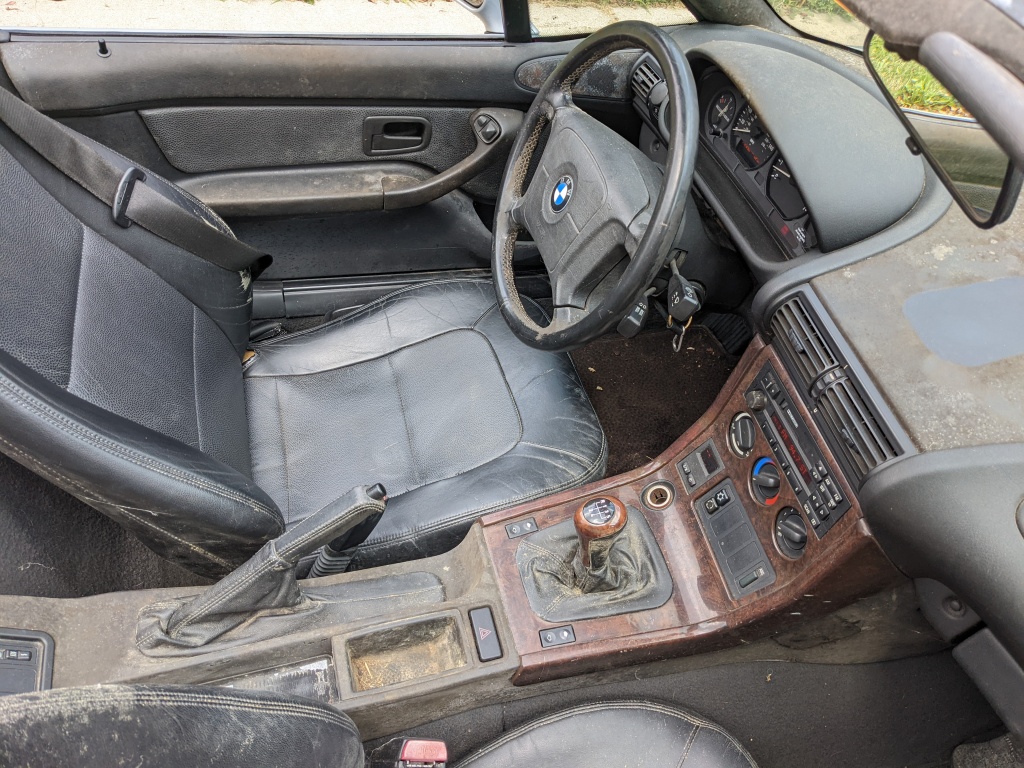

The first thing I did was to take it to a detailer and have it detailed. It cost a couple hundred bucks, but that was totally worth it. They did a good job, especially with how dirty it started.
This is when I first realized the roof leaked. Once I saw that, a lot of the rest made sense.

Is this a man bun? 😀 The spare car cover I had was way too big, so I bunched up the extra so the rest was fairly tight around the car. I didn’t have room in the garage and didn’t want the roof leaking any more.
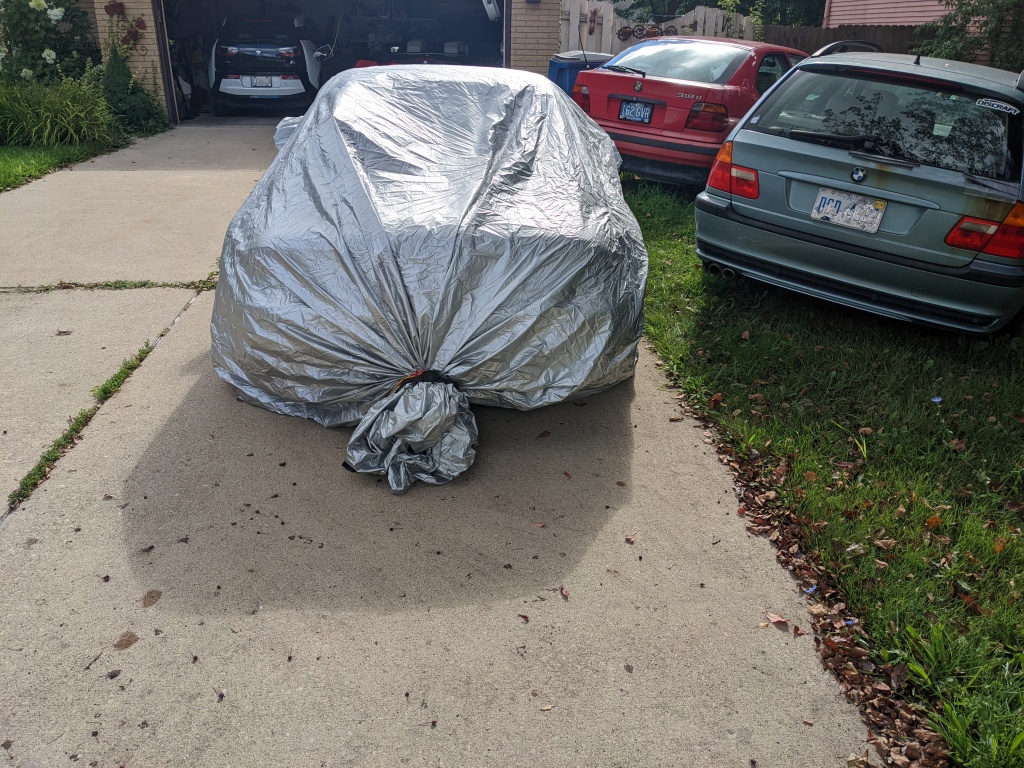
After this, I took a look at the drivers seat. It didn’t want to tilt forward or recline at all. The passenger seat would move if pushed, but didn’t tilt forward by itself. So I took the drivers seat out to see what I could do. Then I found the water. Stepping where the drivers seat was to remove it, I heard a squish. I lifted up the carpet, and saw this:

This is when I decided to take the day off work, and remove all the carpet and get the water out.
There was also some animals that got into the car and left some messes, but so far I haven’t found anything beyond chewed foam and dirtiness.
I had to take the entire center console and a ton of the trim pieces off to be able to get the carpet out.


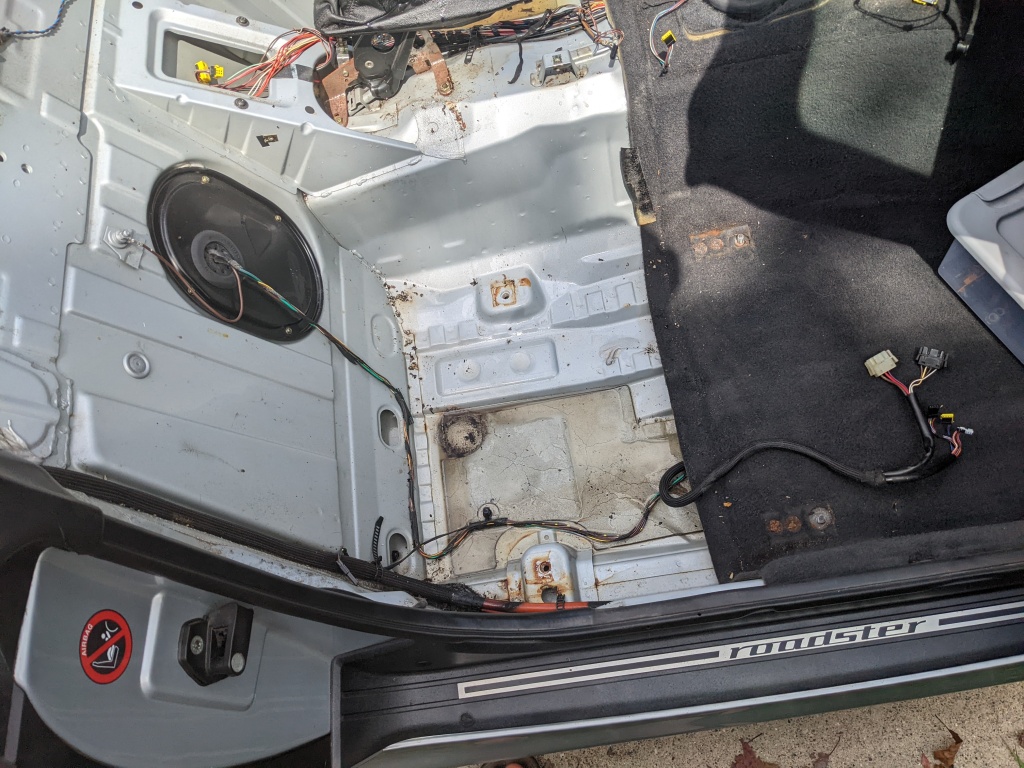
The foam absorbed so much water. I walked on this to squeeze it out, and left it in the sun to dry. I could still step on it at see more water come out a couple days later (video below).
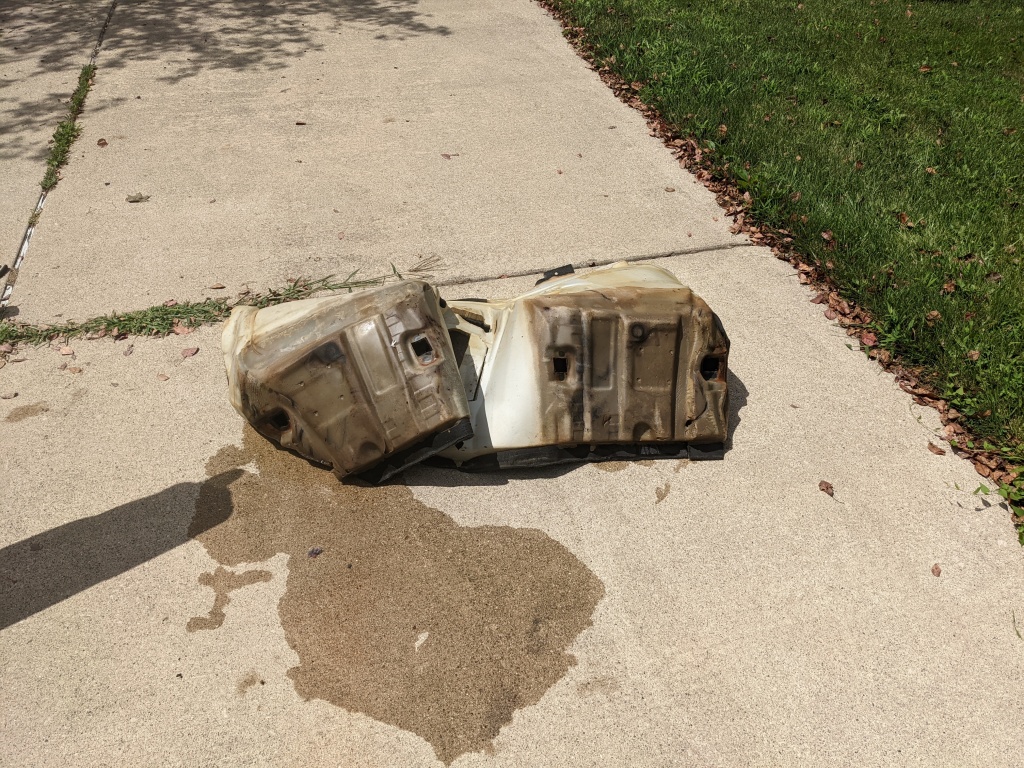
The trunk was not spared either, that also had standing water in it.
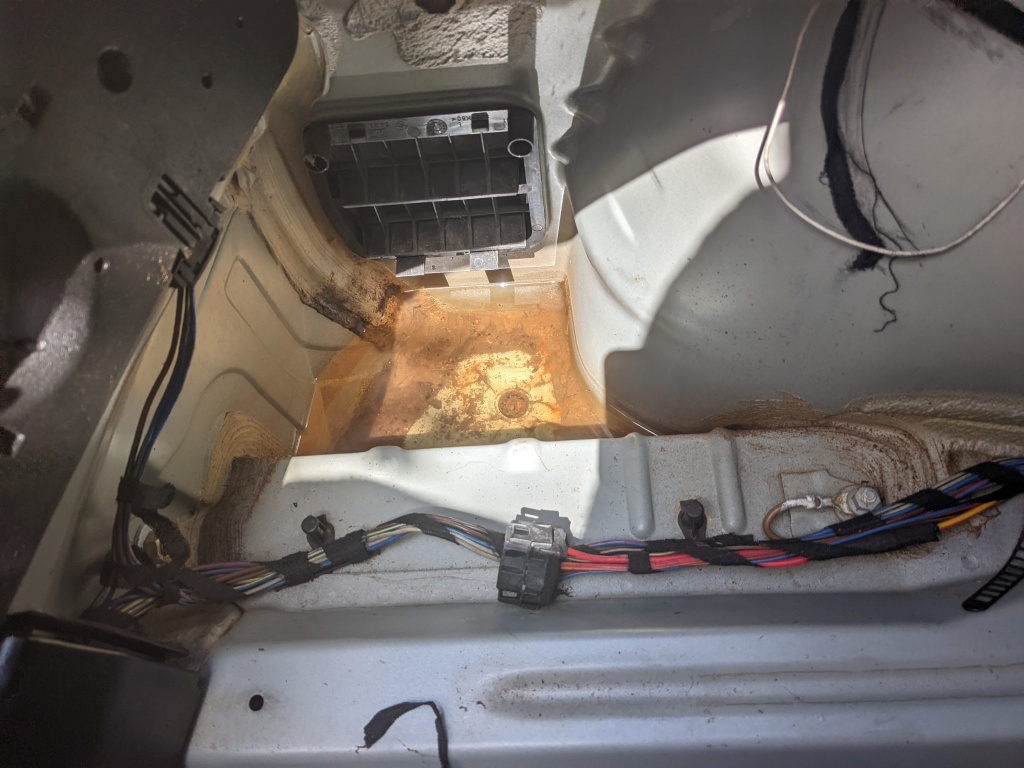
Unfortunately the front half of the carpet goes under the heater/AC/blower or part of that system, and it seems like I’d have to take the dash off to remove that, so I cut the carpet instead. The places I cut should be behind trim pieces, so if I can reuse the carpet, hopefully you won’t even be able to tell.
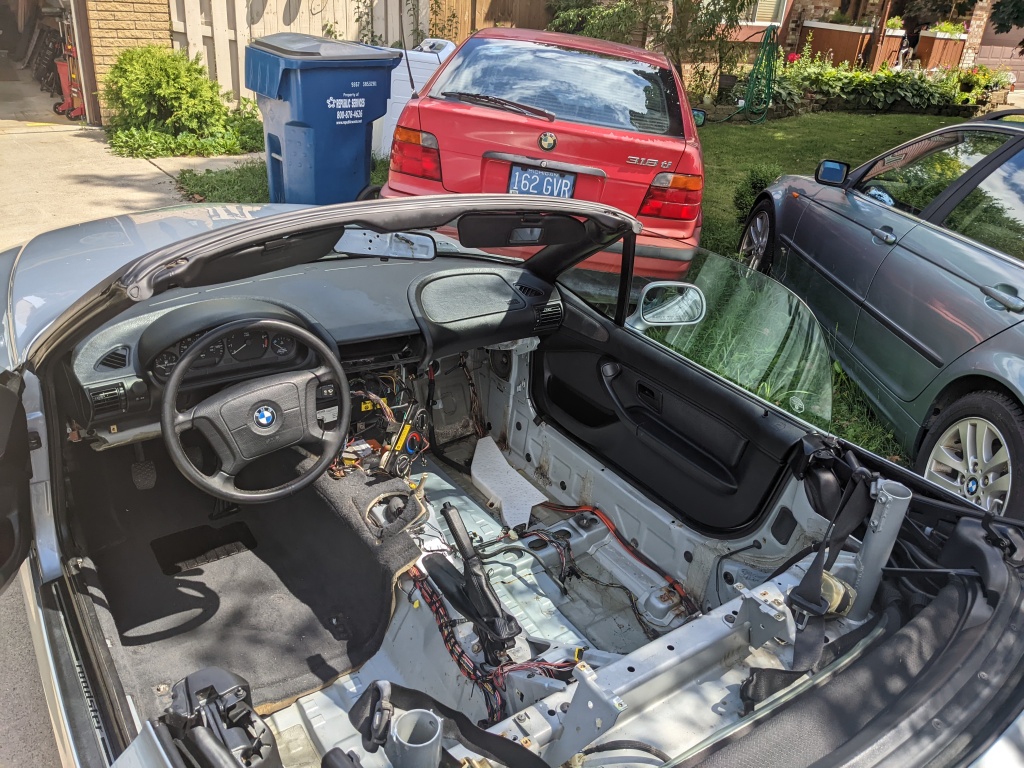
Next, I had to remove the gas pedal to remove the driver’s side carpet. I took a picture to help figure out how to remove it, and found there was a circlip to unclip.

Got the pedal out, and the carpet out. I found a very corroded connector below the dead pedal. I still have to dig through the service manual / wiring diagram to see what that was for, it was unused at least. I also did find one wire I should splice below the drivers seat, the insulation rotted away on a tiny section.
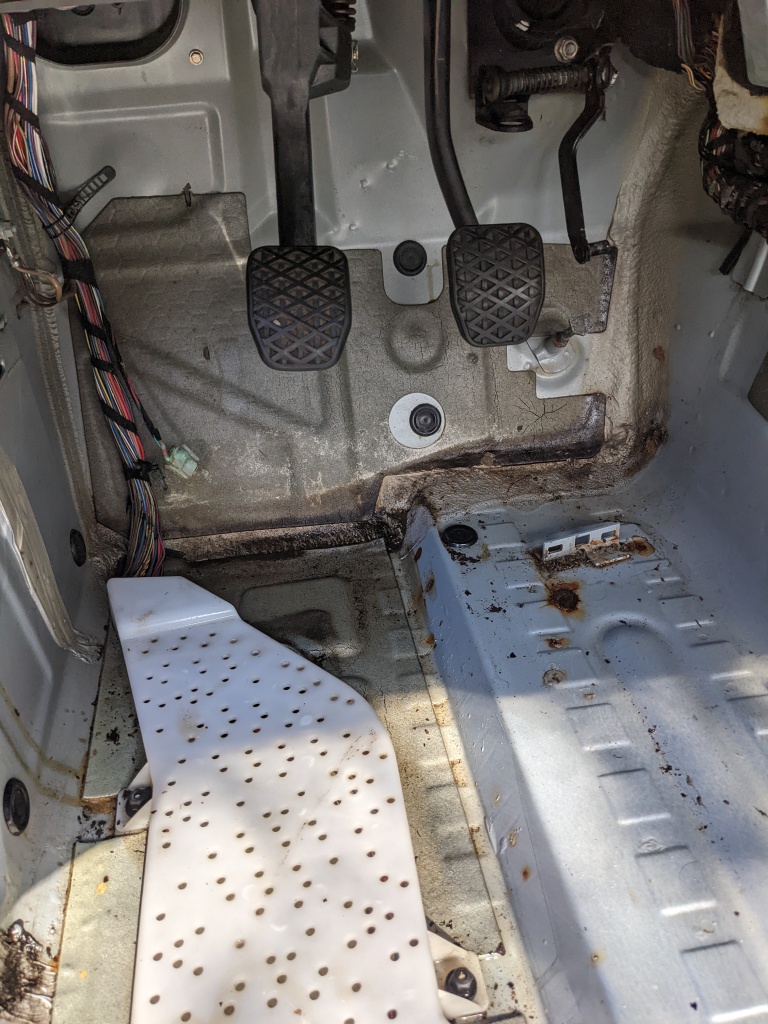
I had to move the car around the driveway, and didn’t want to put the original seat back in, so I made something else work 😀

Also, in taking this apart, I discovered that this car has no rollover protection. The newer convertible has explosive or spring loaded roll bars that pop up once the car detects that it’s starting to roll. This car doesn’t have that. There are at least mounts for OEM roll bars, but the car didn’t have them. I ordered a set shortly after learning this.
here’s me stepping on the carpet to squeeze out some of the water:
https://photos.app.goo.gl/zDhB5fV6u7zLqQo56
